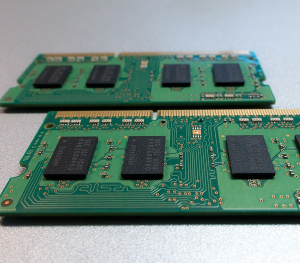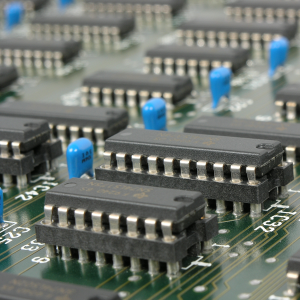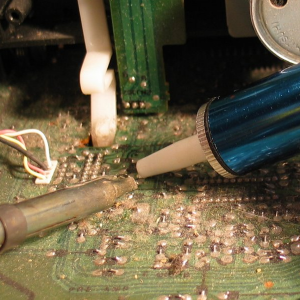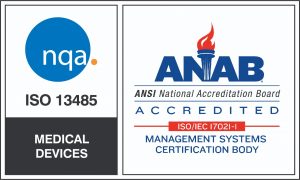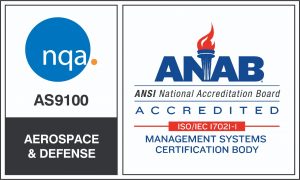Electronics Manufacturing Trends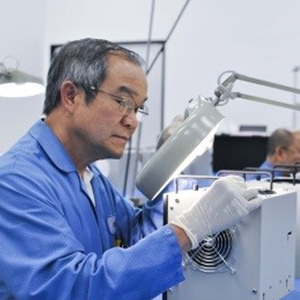
Changes in technology and the way in which people use electronics continue to drive change in electronics manufacturing. Demand for high quality and less expensive options is encouraging manufacturers to develop new practices and improve their manufacturing operations. Many of the trends in the manufacturing industry are focused on reducing costs and improving quality.
Green Technology
More and more organizations are looking for ways to reduce their carbon footprint. As such, electronics manufacturers continue to search for ways to make electronics more environmentally friendly.
E-waste can have a significant impact on our environment. Electronics manufacturers are working towards developing greener electronics that have longer lifecycles and utilize more recycled plastics.
Changes in Medical Electronics
Global demand for medical equipment and devices is growing at an alarming rate. With this growth comes the need for increased quality control and assurance of medical electronic devices. Few devices can impact the lives of humans as much as those used in the medical industry. Quality and reliability is extremely important.
Many changes are taking place in medical electronics manufacturing. New materials are being used, power density is increasing and changes are being made to the way in which information is managed. Quality control in medical manufacturing is more important than ever before. Means Engineering Inc. has full ISO 13485 certification. This ensures that every medical device we deliver is high quality, safe, effective and reliable.
Evaporative Cooling
A lot of heat is generated during the manufacturing process. In order to keep costs down, many companies in the electronics manufacturing industry use evaporative cooling to reduce heat and control humidity. Evaporative cooling uses water to remove heat from the air. Very little energy is required to run the cooler.
Flexible Hybrid Electronics
New technologies emerge all the time. One of the most popular new technologies is flexible hybrid electronics (FHE). Flexible hybrid electronics combine elements of the electronics industry with high precision printing. Hybrid electronics are lighter and more flexible than any other type of electronics component. This makes it possible to incorporate electronics into clothing and other highly flexible products. This technology is dramatically changing the way in which electronics are being used.
